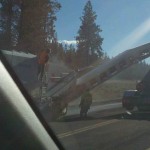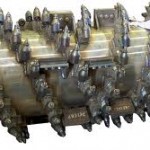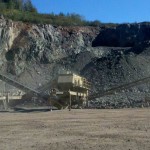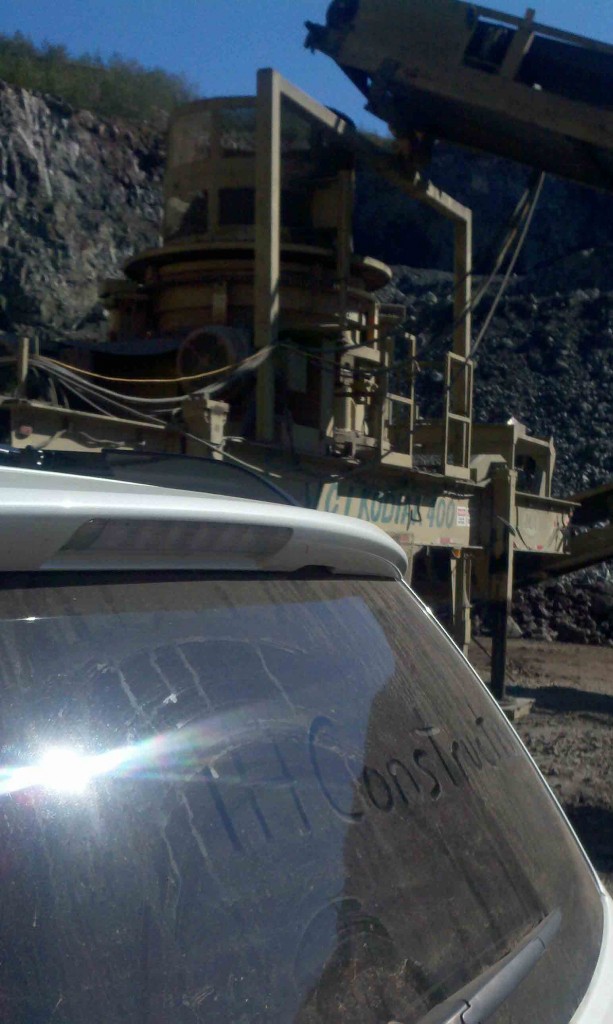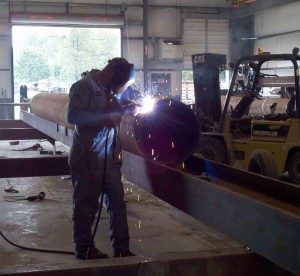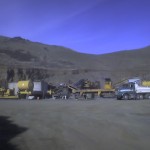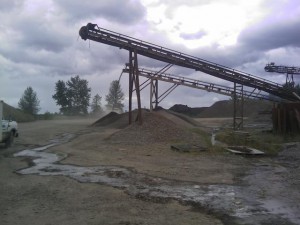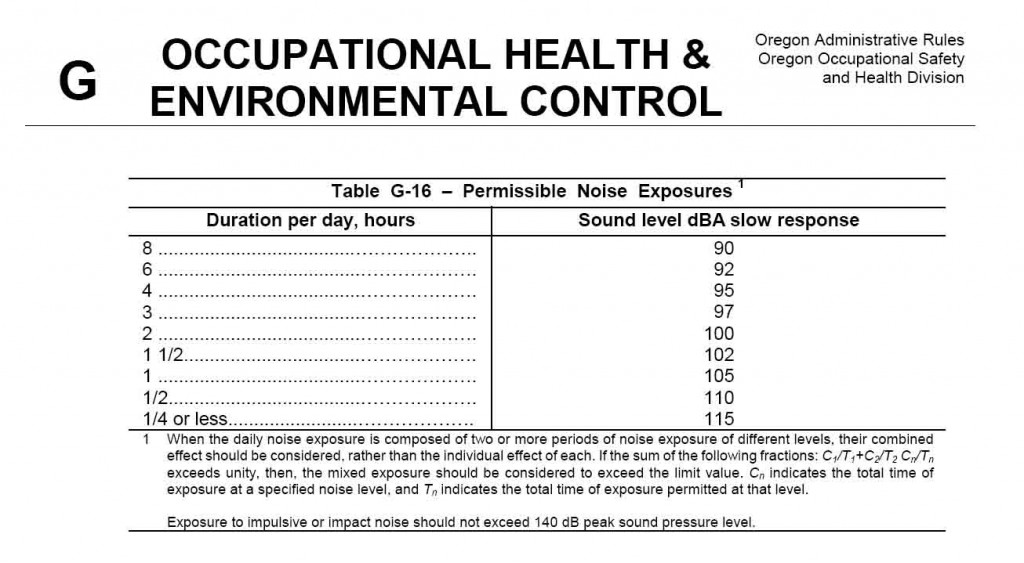Tue 15 Mar 2011
IH for Construction- the worst offenders
Posted by admin under Asbestos, Lead, Noise, OSHA, Silica, Uncategorized, Welding
Comments Off on IH for Construction- the worst offenders
As I compiled information for a presentation titled, “Industrial Hygiene in Construction”,  I wondered how to approach this topic. What I decided, is that I would start with the most frequent, the most common, with the most room for improvement. So, my list begins.
I wondered how to approach this topic. What I decided, is that I would start with the most frequent, the most common, with the most room for improvement. So, my list begins.
The caveat is that this list is NOT a list of the relative hazard compared to each other. This is just the IH hazards I see the most frequently. They should really NOT be compared to each other.
- Silica – in regards to airborne overexposures and lack of controls.
- Noise – in regards to overexposures and lack of adequate controls.
- Lead – in regards to compliance with OSHA / EPA.
- Asbestos – in regards to training employees and compliance with OSHA/EPA
- Welding – in regards to overexposures and lack of controls.
